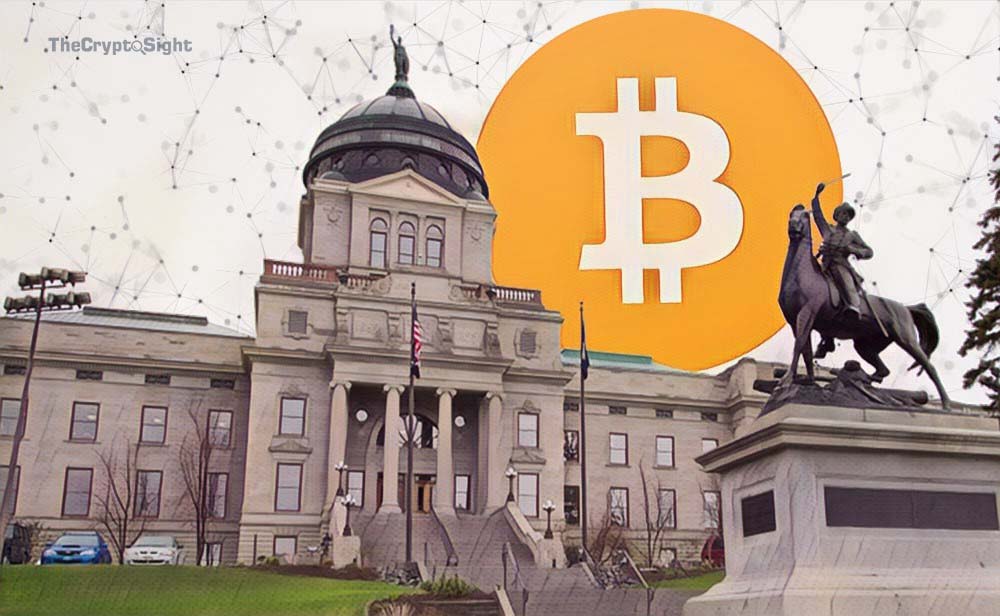
The U.S State of Montana has reportedly introduced a new bill to boost crypto-related activities in the region, by giving utility tokens exemption from state securities on May 8th.
Specifically, the new House bill 584 – dubbed “Generally revise laws relating to cryptocurrency” – was proposed by the State Representative Shane Morigeau, and enacted by Montana Governor Steve Bullock. After its first reading in February this year, the bill has passed with 33 votes in favor and 15 votes against. House bill 584 will officially be applied state-wide on July 1st.
As stated in the new bill, utility tokens will now be recognized as a digital, blockchain-based unit. Furthermore, the new reclassification of the utility token will not only cancel the need of a third party in transactions involving it but also allow the token holders to use products or services provided by the issuer “without vesting the holder with any ownership interest or equity interest in the issuer.”
The new bill further revealed that exchanges involving the utility tokens will only be authorized when a number of specific requirements met, and the purpose of the token is primarily consumptive”. Any attempts to place the token for investing or speculating are strictly banned. Explaining this point in the new bill, the authorities claimed that the main use of such tokens should only be for providing or receiving goods, services or content.
Although the new bill will exempt the utility tokens from state security, the issuers of the coins are still required to submit a notice to the securities commissioner when they want to sell the tokens.
The new bill has marked Montana as the next crypto-friendly region in the United States, along with Wyoming and Colorado, states that have passed bills which reclassified cryptocurrency as money and approved cryptocurrency exemptions.
As reported by The Crypto Sight in Feb, The Australian Treasury released an issues paper outlining opportunities and risks of Initial Coin Offerings (ICOs) with an attempt to harness the potential of the new fundraising model.

Comments